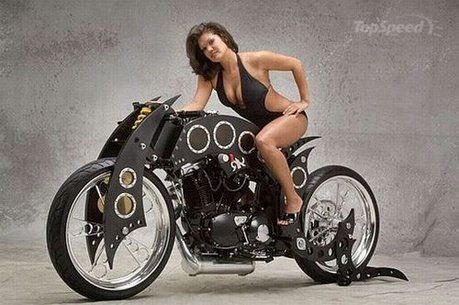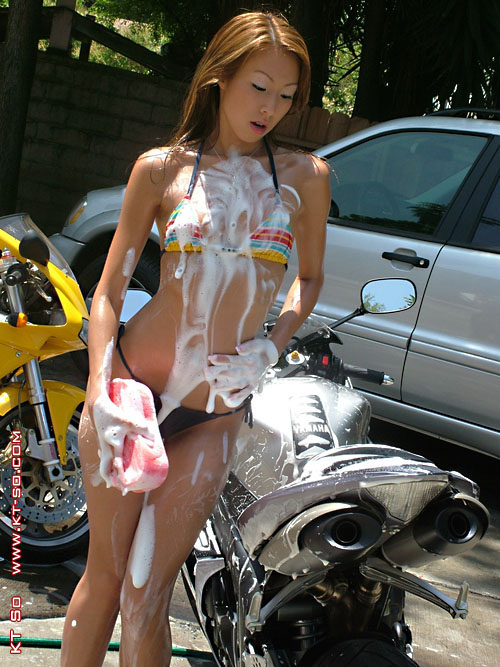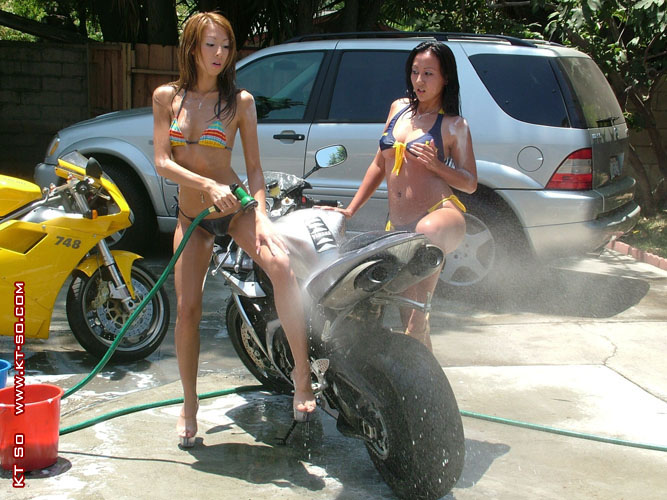1963,
First Year of production, Engine Frame Numbers H29733-H32464
350cc Unit construction twin engine with ignition timing operated from the exhaust camshaft, the Lucas 4CA points and condensers being accessible behind a chromed cover on the timing case. Early machines up to H30593 were fitted with an incorrectly operating advance mechanism, which was rectified under warranty.
The cylinder head features the modified bolts introduced to the C range From H29151 while engines after H30790 have E1771 timing pinions.
The single tube frame has the petrol tank acting as a stressed member. These early machines often suffered with tank fractures, repairs usually being carried out under warranty, Triumph fitting the frame brace and four-bolt petrol tank fitted as standard to the 1965 model. I have seen several machines modified in way. (Illustrated in The Motor Cycle 8th October 1964)

The Forks are the internal spring type with narrow gaiters, distinctive spindle caps and the early type shroud/headlamp support, which do not have the slotted boltholes to attach the headlamp. The chromed fork top nuts have a flat profile while the steering stops are extended fasteners attached to the fork. Look for Motor Cycle 12th January for a detailed overhaul article with an excellent illustration.
The aluminium front mudguard is supported by a brace underneath between the forks and a single stay to the front. The plain number plate is located here; original embossed number plates have a distinctive style of script.
The Rear Mudguard may show a distinctive raised centre moulding if so it has an attractive sweep at the rear. The mudguard bridge support is brazed/welded to the mudguard and painted in the overall scheme (Motor Cycle 23rd May 1963), It is likely the pattern of the mudguard changed during 1963 to the later form without the moulding.
Both mudguards have sharp edges where they start and finish while the stay fastenings are slightly domed (1/4in dsv7).

The wheels have full width hubs the front painted silver the rear black. Changes from the 62 ‘C’ range include Grease retaining seals inboard of the wheel bearings.
A quickly detachable rear wheel is often fitted though it is an option. Both hubs are laced with 18 inch Dunlop WM2 Rims shod with 3.25 front and 3.5 rear tyres. The original Dunlop tyres are similar in pattern to current Avon Speedmasters, (no longer available in this size)
The brakes are 7 inch single leading shoe non vented type, for the front brake the cable stop is on the fork adjacent to the hinged lower mudguard stay, which is able to act as a prop to aid wheel removal, the fasteners here are specialised. The chrome plate on the hub features a circular moulding. The rear drum incorporates the drive sprocket (46 Teeth). The rear brake adjuster has four ears and the brake light clip is the early scroll type (This is a rare part but nicely illustrated in the parts book).
The control levers are plain not ball ended with the brake and the clutch adjusters a sliding fit, the clamps vertical, attached to a flat and narrow 7/8inch handlebar with acute bends (I have seen several lever versions and am trying to ascertain the correct type). A monogrammed black painted steering damper is located centrally. The grips are the Amal pattern, quite thin! ... Read more
.












No comments:
Post a Comment